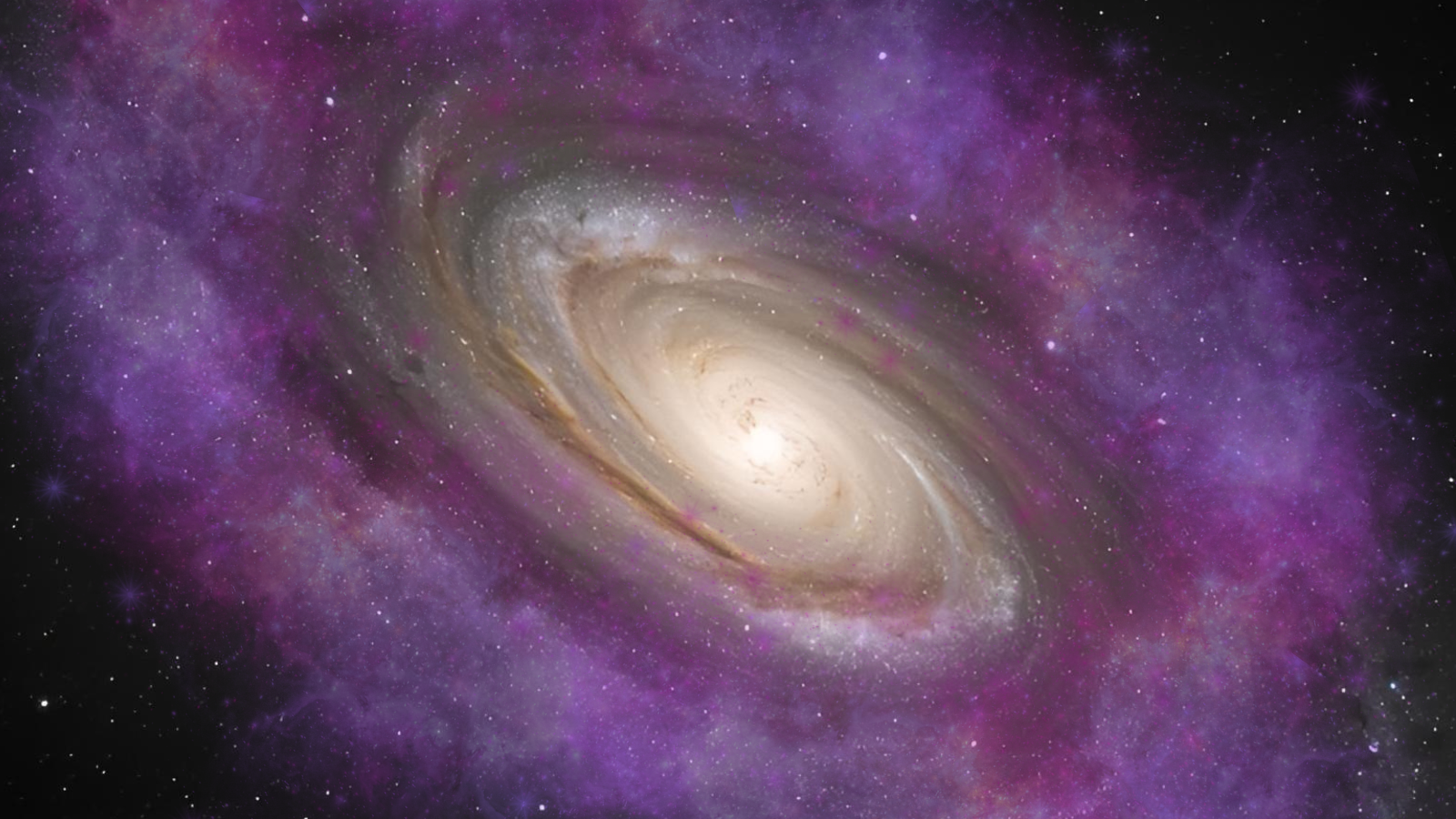Earth is Rare, New Study Suggests
Flip a coin. Heads, Earth is a common sort of planet. Tails, and ours is as unusual as a coin landing on edge. That's about the state of knowledge for scientists who ponder the question of our planet's rarity.
But lack of knowledge is a cornerstone of speculation, and several scientific papers and books have conjectured everything from our solar system being unique to it being run-of-the-mill.
The latest toss of the coin is tails, suggesting we may be very, very alone.
Jupiter, the outlier
Theorists involved in the new study acknowledge the distinct possibility that there could be many solar systems similar to ours, as others have suggested, and that we haven't seen them because technology has yet to allow their detection. But they raise an interesting counter-argument:
All known extrasolar planets are roughly as massive as Jupiter or much more so. In studying about 100 of these, the scientists found most are similar to one another in terms of orbital characteristics, and that Jupiter is the oddball. The results are 98 percent on track by a scientific measure known as the significance level.
It follows that perhaps the known extrasolar planets formed in a different manner, one by which rocky, Earth-like planets would not be created.
Breaking space news, the latest updates on rocket launches, skywatching events and more!
"We have shown that the solar system, as represented by Jupiter, is formally not part of the distribution of observed extrasolar planetary systems," Martin Beer of the UK's University of Leicester told SPACE.com. "From this result we suggest that we may be looking at two different methods of planet formation."
Those two methods have been laid out previously by others.
How to build a planet
The leading model of planet formation -- conjured before anyone knew there were planets around other stars -- is called core accretion. A rocky core develops first, then an object either becomes a terrestrial planet (like Mercury, Venus, Earth or Mars) or it attracts huge amounts of gas and grows into something like Jupiter or Saturn.
An alternative method forms a gas giant planet via the gravitational collapse of a knot of material.
Scientists disagree which way the outer planets of our solar system were born. The core accretion model has shortcomings. For one thing, when run on a computer, Neptune and Uranus typically don't show up. Further, observations reveal that Saturn has a solid core but Jupiter does not.
The gravitational collapse model has been invoked to explain some these discrepancies. It is also appealing as a method for making the gargantuan gaseous planets found around other stars. Most are a few to several times the mass of Jupiter and orbit incredibly near to their host stars on wildly non-circular orbits.
In all but a handful of these setups, rocky inner planets are not possible because they'd be consumed by a giant or gravitationally booted out of the "habitable zone," a comfortable region that can support life, Beer explained. Earth and Mars both orbit stabily in just such a temperate area, thanks to the fact that the outer planets are far away and on nearly circular orbits.
If gravitational collapse formed the known extrasolar planets, then there's no need for rocky cores.
"Without these rocky cores, terrestrial planets (that is, Earth-like) do not form," Beer points out.
Answers soon
"More observational work is required if the solar system is to be shown to be a 'normal' planetary system," Beer said.
The truth will soon be known.
Finding giant planets takes time. Scientists monitor the gravitational wobble a planet induced on its star. To make a detection, they must monitor a star for roughly the same number of years as it takes for a planet to make an orbit. So most of the discoveries so far have involved planets that orbit in days or months. But planet hunters are beginning to find Jupiter-sized planets that take years to go around their stars (Jupiter's orbit is nearly 12 years).
(This "selection" problem can be likened to a commercial fishing boat with 5-inch holes in its net. After catching a few large ones, the fishermen determine there are no fish smaller than 5 inches in the sea.)
A firmer answer to our uniqueness will likely come around the end of this decade from NASA's space-based Kepler mission, due to launch in 2007. It is designed to detect Earth-sized planets by searching 100,000 stars for four years, looking for tiny dips in stellar brightness that would indicate an orbiting object.
Beer's team included Leicester's Andrew King, Mario Livio of the Space Telescope Science Institute in Baltimore and Jim Pringle of the University of Cambridge. The study will be published in the Monthly Notices of the Royal Astronomical Society.
- Oldest Planet
- Youngest Planet
- Hottest Planet
- Farthest Planet

Rob has been producing internet content since the mid-1990s. He was a writer, editor and Director of Site Operations at Space.com starting in 1999. He served as Managing Editor of LiveScience since its launch in 2004. He then oversaw news operations for the Space.com's then-parent company TechMediaNetwork's growing suite of technology, science and business news sites. Prior to joining the company, Rob was an editor at The Star-Ledger in New Jersey. He has a journalism degree from Humboldt State University in California, is an author and also writes for Medium.
